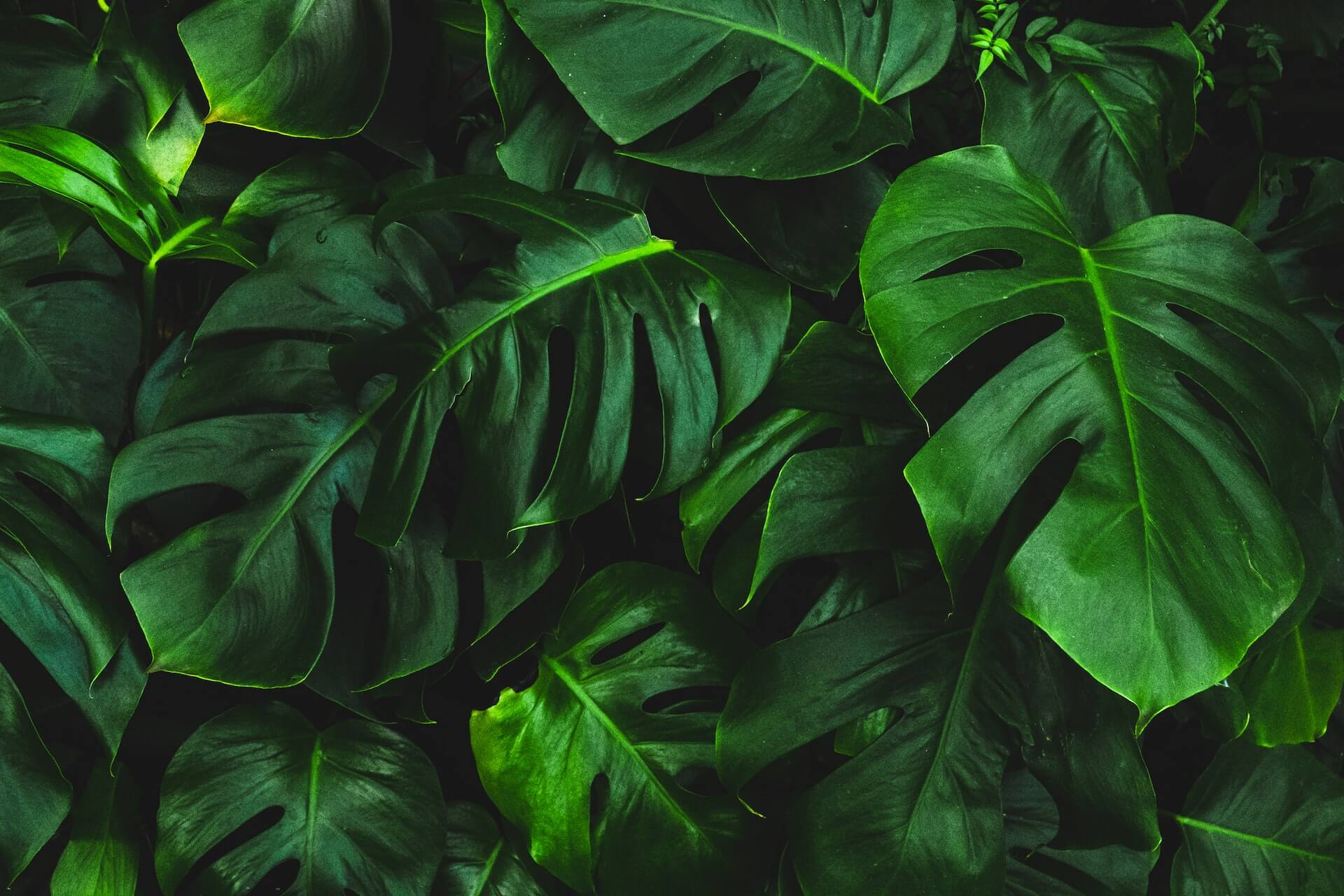Impossible Things That Can Happen On Other Planets!
When reality in space defies imagination on earth
Video of the day July 27th 2019
From planets with strange weather phenomenon, to ones with little light, join us as we show you 10 “impossible” things that happen on other planets.
10. Raining Glass
In terms of defining “impossible”, we need to clarify it in saying that we think this means having things happen that don’t happen on our own Earth. To that end, HD 189733b is one of the strangest planets in existence and features a feat that no one likely thought possible, likely, or even desired. For you see, this is a planet that rains glass…sideways.
No, this is not a trick, or something seen in a sci-fi movie or TV show (though some have featured things similar to this). It is a real planet, and it really does this. I’ll explain how. The glass itself comes from the atmosphere, which has a high concentrate of silica, a component very common on Earth.
Because of the buildup of silica, as the “rains” come down on the planet, it hardens (not unlike condensation from water to ice at times on Earth), and thus become glass. So well and truly, glass can truly “rain down” from the skies above. Now, as for the other part…
The winds on HD 189733b are far beyond anything Earth or many other planets that in the universe could do. They’re so powerful that they can be up to 5400 miles per hour. The force of this wind at such high speeds makes it so that the glass rain cannot fall down straight, and instead, falls sideways.
So what you get in return is a planet that is beyond logic, and yet is explained by science. And most definitely a planet that humanity will never ever want to set foot on for obvious reasons. As well as stating that this phenomenon is something that we all hope never happens on Earth.
9. Two Suns, Two Shadows
This particular planet has been documented as many things over the years, not the least of which is a “Real-Life Tatooine”. For those who somehow don’t understand this reference, it’s a planet from the movie series Star Wars. In the first film, Luke Skywalker lives on the planet Tatooine, which happens to have two suns in the sky. This is because it actually orbited two different stars.
For the longest time, this was though, this was felt to be impossible, mainly because the gravitational forces required to allow such things would be enormous and infinitely precise. Yet, Keplar 16-B does just that.
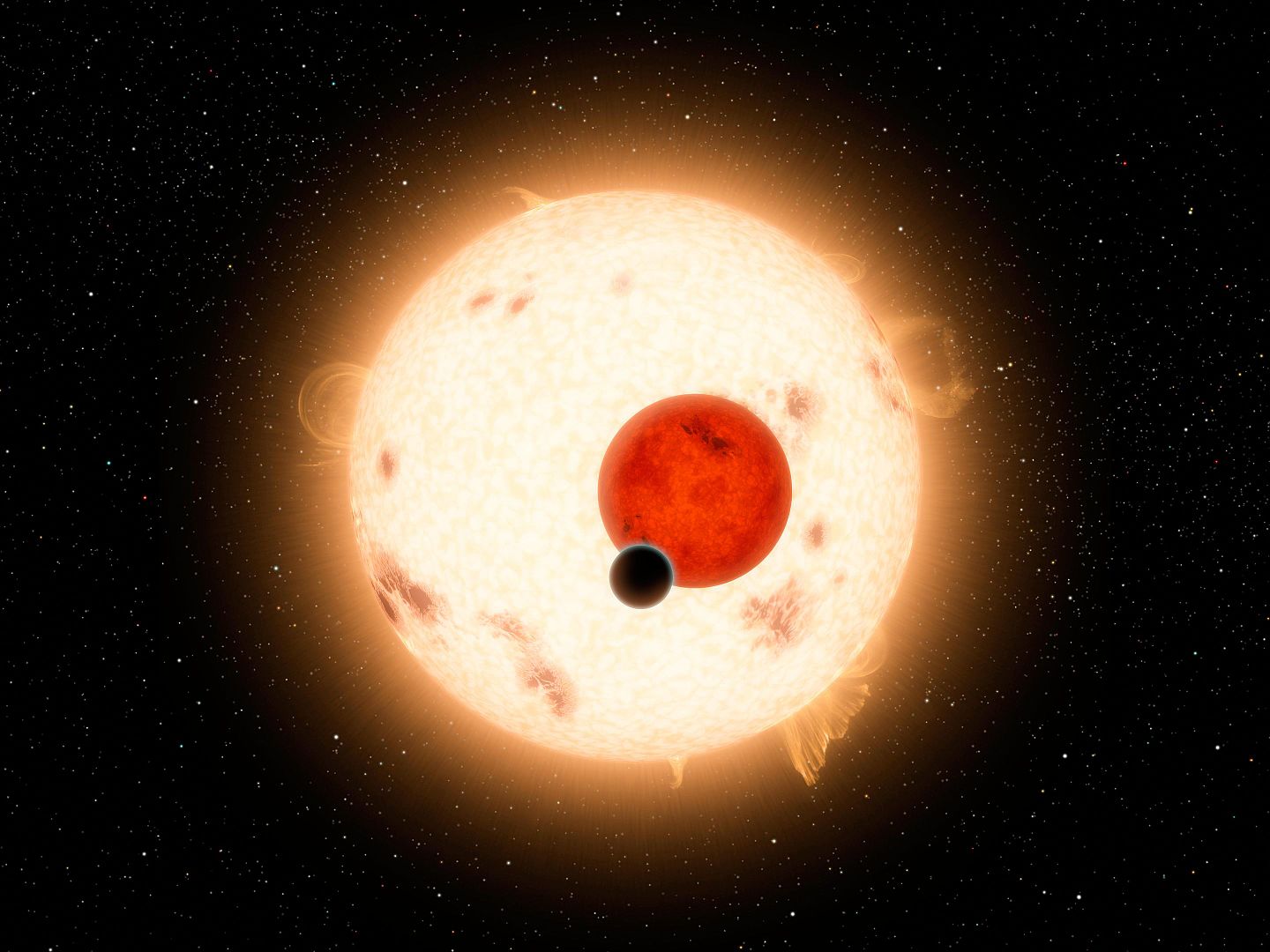
And, because of its two suns, it actually has something else “impossible” about it. Mainly, two shadows. Confused? If you were to go outside right now, you would only have one shadow because of the sun above you. But if you were to go to Keplar 16-B, the two different suns would cast two very different shadows for you because there are two light sources there.
Then again, you wouldn’t be able to experience that second shadow for long, as the planet is said to be so hot that you’ll die from heat exposure in a short amount of time. Also, there’s no Oxygen to breathe, so that’ll put a downer on things.
8. Dark World
Where would we be without the sun? Well, honestly, we’d be in a pretty bad way. But more than that, there’s the question of where we would be without the suns light. It’s hard to picture us without it, you know?
Yet, out there in the universe right now is a planet that has such a dense and unique composition that it doesn’t reflect any light that is projected at it, making it a literal “Dark World”. As in one where light doesn’t really exist on it. This is the planet called TrES-2b.
TrES-2b is so dark, and is so non-reflective that it is documented as the “darkest planet ever observed.” David Kipping from the Harvard-Smithsonian Center for Astrophysics said the following about the planet:
“Being less reflective than coal or even the blackest acrylic paint—this makes it by far the darkest planet ever discovered. If we could see it up close it would look like a near-black ball of gas, with a slight glowing red tinge to it — a true exotic amongst exoplanets.”
Now here’s the catch of the matter. Despite us knowing that it is indeed a “Dark World”, we’re not exactly sure as to why. There’s many reasons we don’t know, not the least of which is because the planet is very far from Earth, and thus we can only observe it via photos from spacecraft and satellites.
Progress has been made though in formulating a theory. It goes as thus. Scientists have been able to deduce that the atmosphere of the planet is full of materials that actually absorbs light, and thus doesn’t make it reflect. Yet, how it does so this perfectly is still up for debate. So it will be a while before a more concrete reason for this planets “nature” is ascertained.
But it does raise some interesting questions. Such as, “Are there any other “Dark Worlds” out there?” “Where are they if so?” and obviously, “Could something happen on Earth to make us go dark like that planet?”
Who knows when we’ll get answers to these questions.
7. Water World
They say on Earth that the masses of land that lie beneath the waves are “another world”. And certain movies have dreamt of things that could leave under those waters. But out in space is a planet called GJ1214-B that is far beyond the notion of a water world, it because is a full-on water world.
Not to mention, GJ1214-B is actually many times larger than Earth. Which means that the oceans that it has dwarfs anything that we have on Earth, including our biggest one, the Pacific Ocean.
But here’s one of the bigger kickers in terms of “impossible” nature. In terms of mass, the waters on Earth only account for .05%. That’s not a lot at all. But, on GJ1214-B, the mass of the water is believed to be 10% of the planets total makeup. That’s…very impressive. And terrifying.
Speaking of “terrifying”, the waters of this world are so massive and deep that they’re believed to go 100’s of kilometers deep. Which would mean at MINIMUM that these waters are ten times deeper than our own.
And while there’s no confirmation of life on this planet just yet, it may only be a matter of time until we find out about it.
6. Extreme Hot, Extreme Cold, One Planet
When it comes to Earth, there are many areas that are known for being “extreme” in terms of their natures, conditions, or weather effects. But Gliese 581 c is one that takes the notion of “extreme” and ratchets it up quite a bit.
Objectively, this could be a planet we settle one day once we learn how to travel in space safely. However, the condition of the planet itself would make it rather hard to settle long term. Why do I say that? It’s because the position of the sun transformed the planet for the worst. To be specific, one side of Gliese 581 c is always facing the sun, while the other never gets to see it. This makes one side of the planet roasting hot, and the other is so cold that it’s said you would instantly freeze after being exposed to it. So if you’ve ever heard the song, “I am warm and you are cold”, that wouldn’t be hard to achieve here.
Yet despite these impossible extremes, there is a small stretch of land that could support life if we were to get to it. Which is both impossible, yet intriguing all at the same time.
Now, the obvious problem is that again, this is a stretch of land between a burning furnace and a freezer of doom. Settling wouldn’t be easy at all. And if we did try and grow our own plants from Earth on Gliese 581 c, they would have to adapt to the Red Dwarf star (which is smaller and less powerful than our own sun), not to mention, it would have to adapt to different radiation that is being bombarded on the planet.
These struggles aren’t small, and they do raise a lot of questions, but if these answers could be made, it’s possible that we could live there. Then again, with the hope of other Class-M planets out there, we may want to hope for better contenders.
5. 22,000 MPH Winds
We’ve already shown you a planet where its winds are so intense that they cause glass to rain sideways, and those winds went up to 5400 MPH. But what if I told you that this wasn’t the most intense winds in the universe. Would you believe me? You better, because on the planet HD189733-b, the winds are the most intense in the known universe.
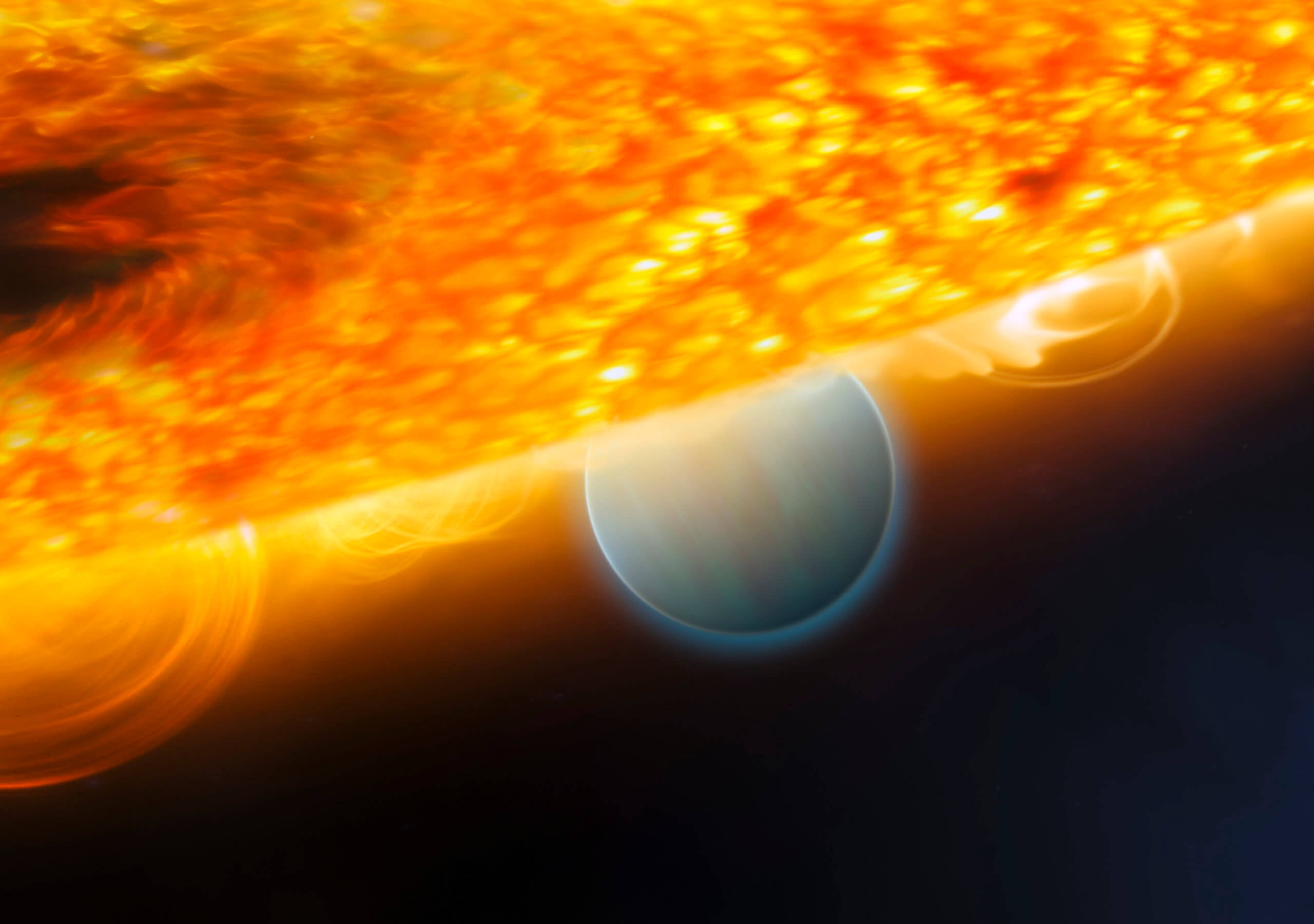
This planet (like others on this list) is tidally locked with its sun, but unlike certain planets, the difference in temperature isn’t as wildly different. While many can have differences in the thousands of degrees, HD189733-b is only different by a couple hundred, and that’s because of the winds.
These intense winds can gust up to 22,000 miles per hour. Oh yeah, that’s over 70 times worse than any hurricane or tornado on our planet can offer. And by the way, that makes these winds 29 times the speed of sound.
4. Raining Rocks
This next planet is one where you would definitely need to “watch your head”. For CoRoT-7b is another planet that is tidally locked with the star that it is near. However, because of how it is affected by the star, the extreme conditions of the planet create an unusual byproduct when it rains. Rocks of magma.
The side facing the sun has large pools of lava, but because it’s so hot (reaching 2600 degrees Celsius at times), the lava actually evaporates and goes into the atmosphere, and then it’ll either stay on the hotter side of the planet, or, go to the other side, which is much cooler than the regular side. When it “rains” on the hot side, it becomes magma. Yet, when it goes to the cooler), it hardens into rocks, and can become so big that they damage the surface on the ground.
This is quite a unique phenomenon, and most definitely is not one that can happen on Earth, and we honestly should be grateful for that. Granted, there are rare occasions where rocks can rain down, but that’s because of winds, not because of condensed particles.
It might be interesting to watch from a distance, but that’s as close as we’d want to get to a planet like this.
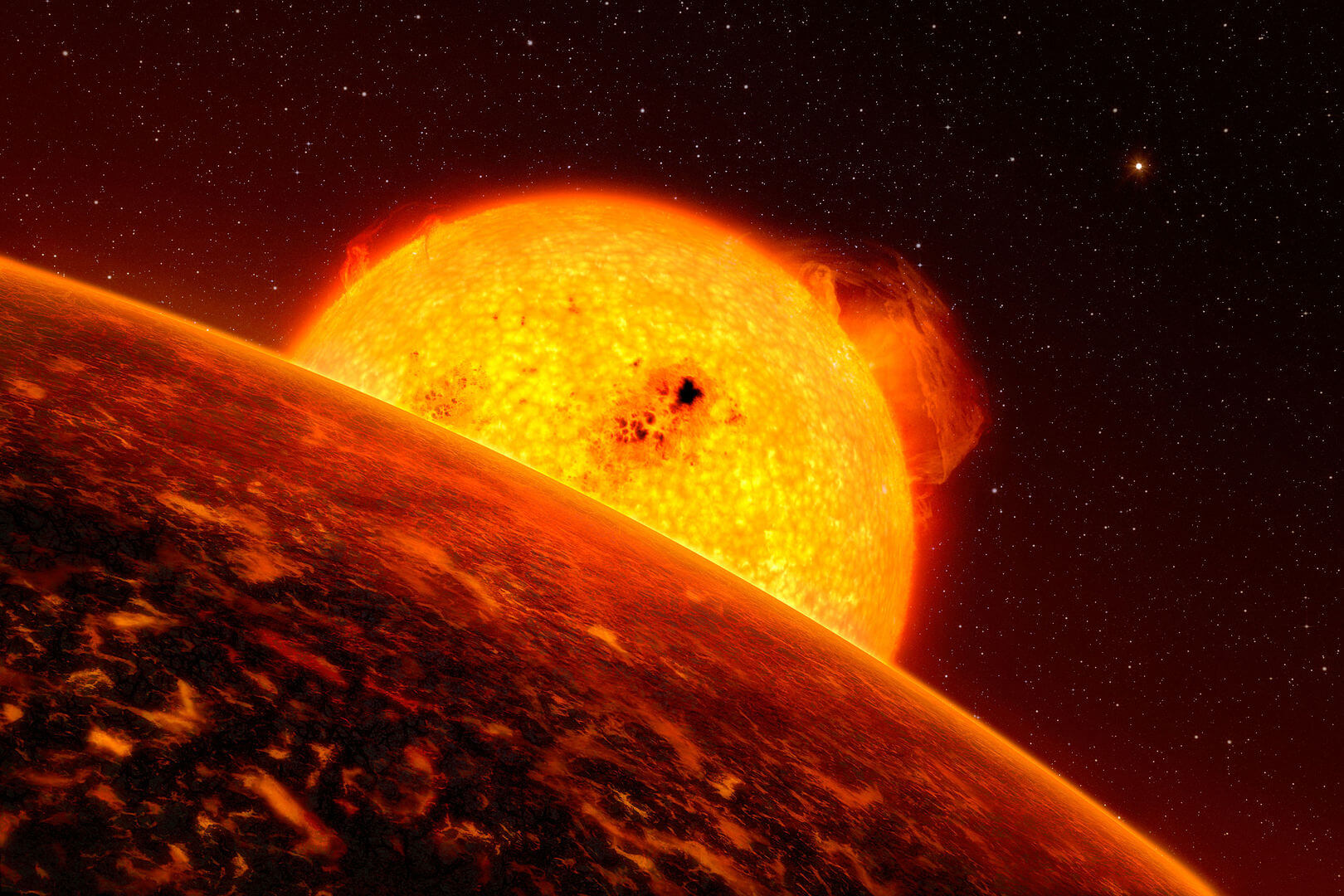
3. Methane Lakes
While not a planet per se, the moon of Saturn known as Titan is one of the most bizarre entities in all of the universe despite it being so close to Earth. One of the biggest mysteries that this particular “mini-planet” had was that we didn’t know what it looked like because of its dense atmosphere. Eventually, we got a look, and we were shocked to find out that not only did this place have a thick atmosphere, but land, lakes, and even the potential for rain at times.
But here’s the rub, the natural temperature on Titan is around -179 degrees Celsius, this causes all sorts of problems and impossible situations that Earth itself can’t have on its own.
For example, remember the rain? Because of its cold temperature, the rain will hit you like rocks (without being rocks like certain other planets…). Also, the lakes aren’t comprised of water. Instead, they’re actually made of Liquid Methane. Which is only possible because of the freezing temperatures. It’s actually believed that the Methane (which is part of Natural Gas) is only a fraction of what’s actually on the mini-planet. It’s stated that Titan (which only has been mapped about 20% in terms of area) could have hundreds of times more gas and oil than all of Earth right now.
Which means many people want to go to Titan and see for themselves, but that’s easier said than done.
2. Shrinking Planet
Mercury is the first planet in our solar system, and it’s also one that has a very unique nature to itself that you may not realize. Mercury is often considered “off limits” in terms of missions because of its proximity to the sun. The temperature of the planet various from hundreds of degrees below zero to hundreds of degrees in terms of heat. But, what might surprise you to learn is that the planet is actively shrinking.
True, you’re likely not going to see it visibly shrink in your lifetime, but scientists have confirmed via crashed probes on the planet that there are fault cliffs and scraps that only could’ve been caused via contraction of the planet itself. So yeah, the planet is shrinking.
While it’s unknown how long it’ll take for it to fully shrink upon itself (or if that’ll happen at all), scientists are learning more about its shrinking nature, and trying to find out why this is happening billions of years after the planet was born.
1. Egg-Shaped Planet
If I was to tell you to draw a picture of a planet, I would bet that just about all of you would draw a circular one. This is the “standard” shape of a planet as we have seen in our own universe. However, the same cannot be said for the planet known as Wasp 12 b. It is not circular at all, but rather, has an oval shape that makes it very unique among the planets.
The planet is actually egg-shaped due to the massive amount of gravity that the sun it encircles exhumes. But here’s the thing that makes it even more impossible, because the gravity isn’t just elongating the planet, it’s killing it. Worse, it’s killing the planet slowly. So in about 10 million years or so, the planet won’t be around anymore.
And here’s another thing to note, Wasp 12 b is actually another “Dark World”. As it actually absorbs 94% of all light that touches it. So to the naked eye, it looks like a pitch-black egg that is hovering in space.
An impossible shape meets an impossible view and it will die a kind of impossible death. A perfect trifecta wouldn’t you say?
Thanks for watching everyone! What did you think of these “impossible” planets? Which one did you think was the most impossible? Do you know of another planet that can fit the bill? Let me know in the comments below! Be sure to subscribe, and I’ll see you next time on the channel!
subscribe to the insane curiosity channel
Insane Curiosity is a channel of astronomy, physics and future technology, which teach mostly about Space, Recent Space Discoveries/News, Future Events, The Solar System, Exoplanets, Mars, Colonization Plans, etc.). We prepare New videos almost every day. Learn With us and Stay Insanely Curious!
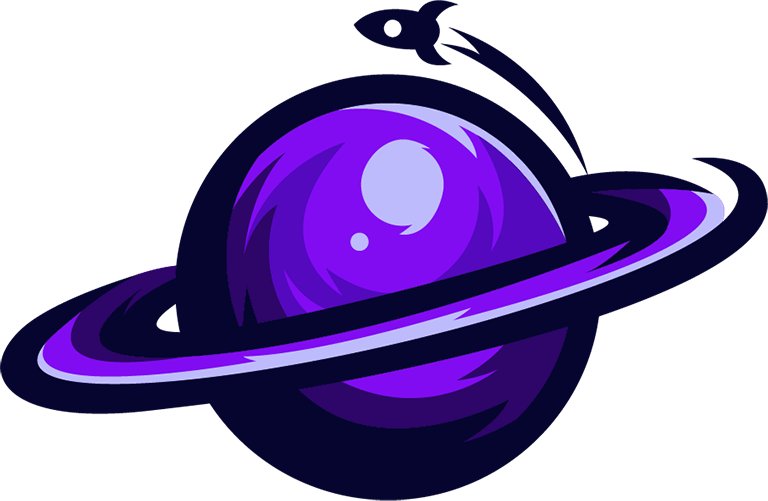
Subscribe For the Latest news & Updates
Subscribe For the Latest news & Updates
Get in touch with the Insane Curiosity Channel. Once in while you will receive emails about news, promos, and much more. Stay Tuned!
Insane Curiosity
Science made easy
All rights reserved
Who we are
Insane Curiosity is a channel of astronomy, physics and future technology, which easily explain science. We need science and science need us!

